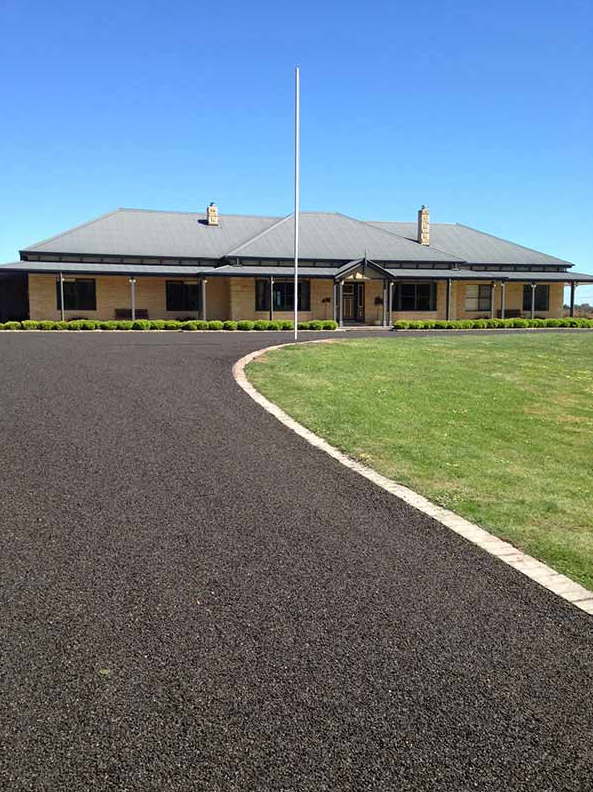An industrial hardstand isn’t just a slab of asphalt or bitumen—it’s the backbone of efficient operations in heavy-duty environments. Whether it’s for storage, vehicle access, loading bays, or machinery staging, your hardstand needs to be more than durable. It must be designed with purpose, longevity, and safety in mind.
At Doncaster Road Tech in Doncaster, VIC, we specialise in constructing high-performance hardstands tailored to industrial use. Here are five essential features every industrial hardstand should include for long-term functionality.
Engineered Load-Bearing Capacity
Industrial hardstands often support substantial loads, including heavy vehicles, storage containers, and equipment. A properly designed base is critical.
- Subgrade assessment to determine the correct thickness
- Multi-layer construction with compacted crushed rock
- Suitable binding agents or stabilisation depending on soil conditions
Failing to plan for these loads can result in early cracking, rutting, or subsidence, especially under dynamic pressure.
High-Density Asphalt or Bitumen Surface
Not all surfacing materials are equal. Industrial applications demand more than standard driveways or roads. The surface must be built to withstand constant stress.
- Dense graded asphalt or two-coat bitumen seal
- UV-resistant binder for weather protection
- Strong adhesion to the base layer for lasting performance
At Doncaster Road Tech, we use high-spec materials to meet industrial demands across Doncaster and surrounding areas.
Efficient Drainage Design
Water is one of the most damaging elements for any paved surface. Without proper drainage, pooling water can weaken the surface structure and contribute to failures.
- Accurate grading to direct runoff
- Perimeter spoon drains or grated trench systems
- Fall ratios tailored to the size and use of the site
Effective drainage is essential not only for durability but for safe site use in wet conditions.
Heavy-Duty Edge Restraints
Unconfined edges are vulnerable to breakage and deformation under load. Industrial hardstands must have reinforced boundaries that protect against lateral pressure.
- Concrete kerbing or structural edge beams
- Integrated into surface layer for stability
- Prevents spread of asphalt or bitumen under repeated stress
This ensures the surface maintains its shape and reduces ongoing edge repair needs.
Easy Maintenance Access
Industrial facilities rely on consistent uptime, and downtime due to surface repairs can be costly. Thoughtful design can help reduce the need for major works.
- Joint layout for easy resurfacing sections
- Surface coatings or sealants that prolong life
- Access points for utilities without damaging the hardstand
Planning for ease of maintenance from the outset can save significant time and money in the future.
Conclusion
Building a successful industrial hardstand requires more than just a solid surface—it demands foresight, technical expertise, and materials that can stand the test of time. At Doncaster Road Tech in Doncaster, we understand the pressures placed on these workspaces and deliver hardstands that meet industrial requirements with precision.
Whether you’re upgrading an existing site or planning a new installation, contact Doncaster Road Tech today to ensure your hardstand is built for performance, longevity, and safety.
Call us on: 03 9068 7895
Click here to find out more about Doncaster Road Tech
Click here to complete our contact form and see how we can help with your driveways.

